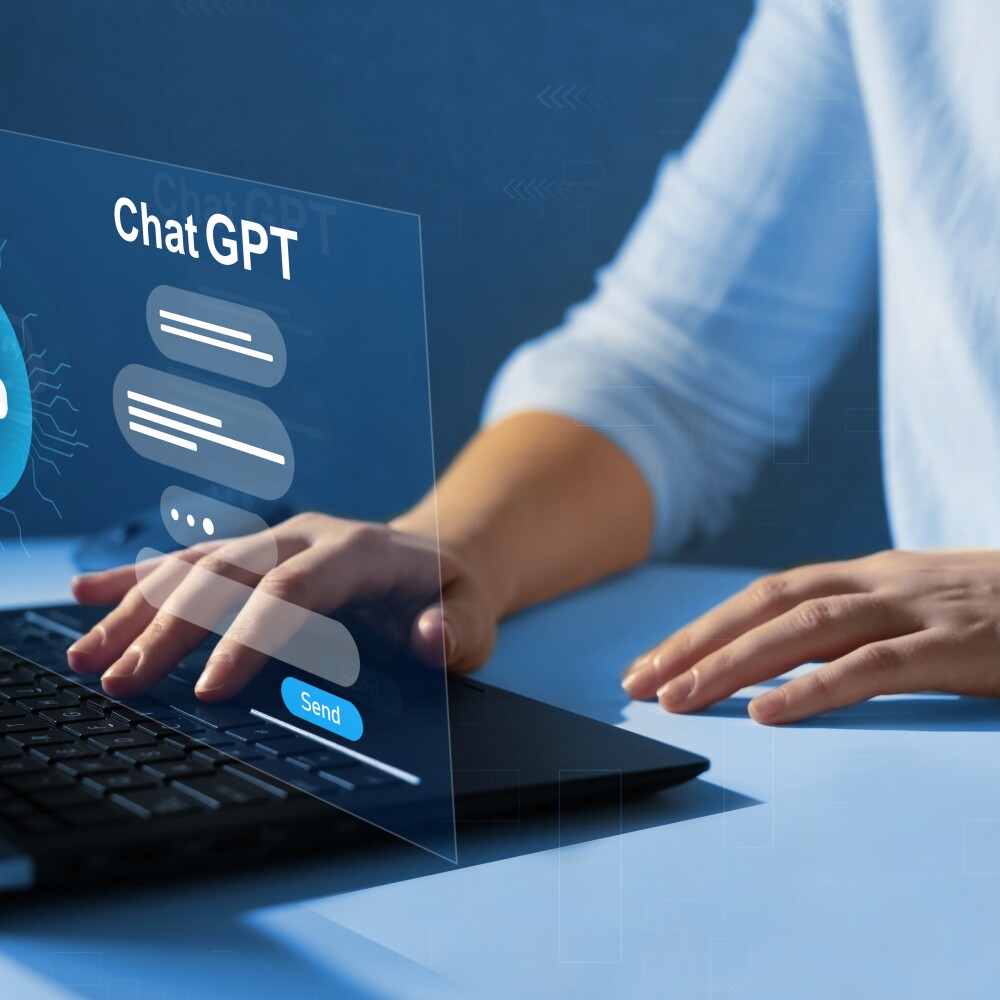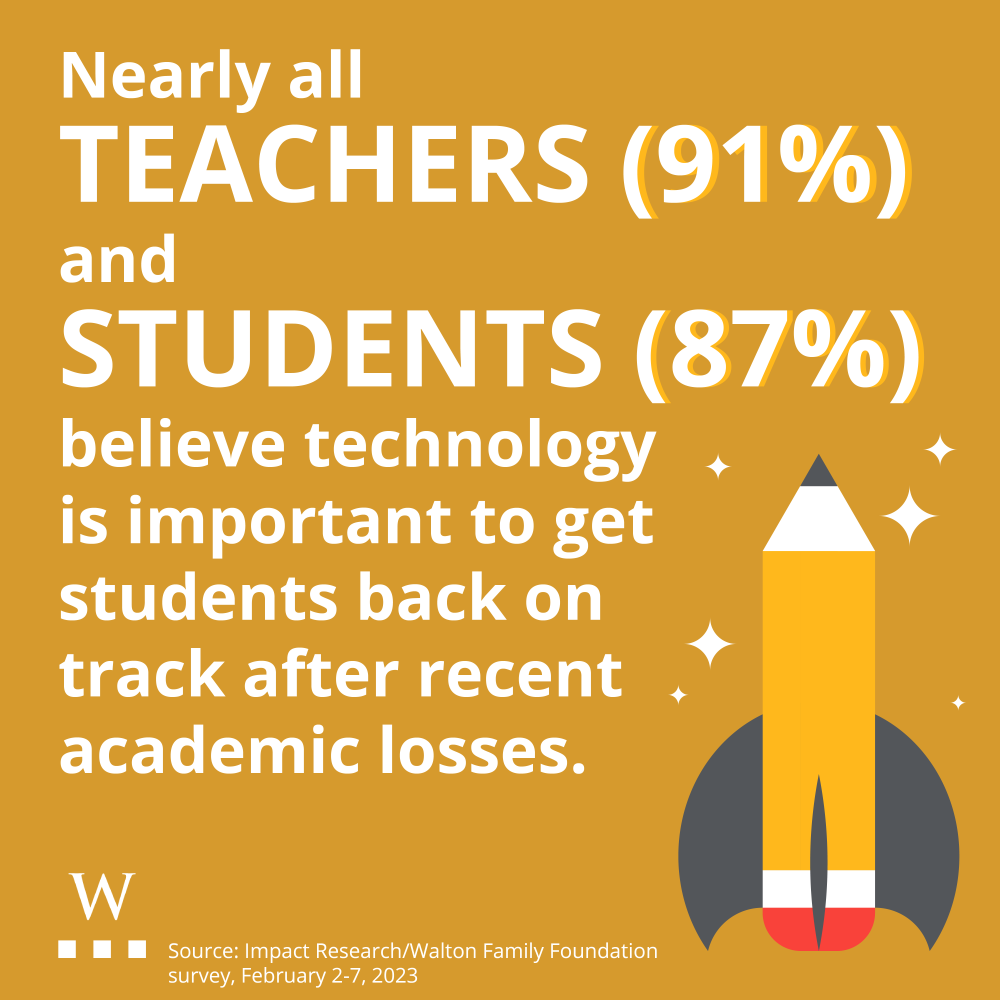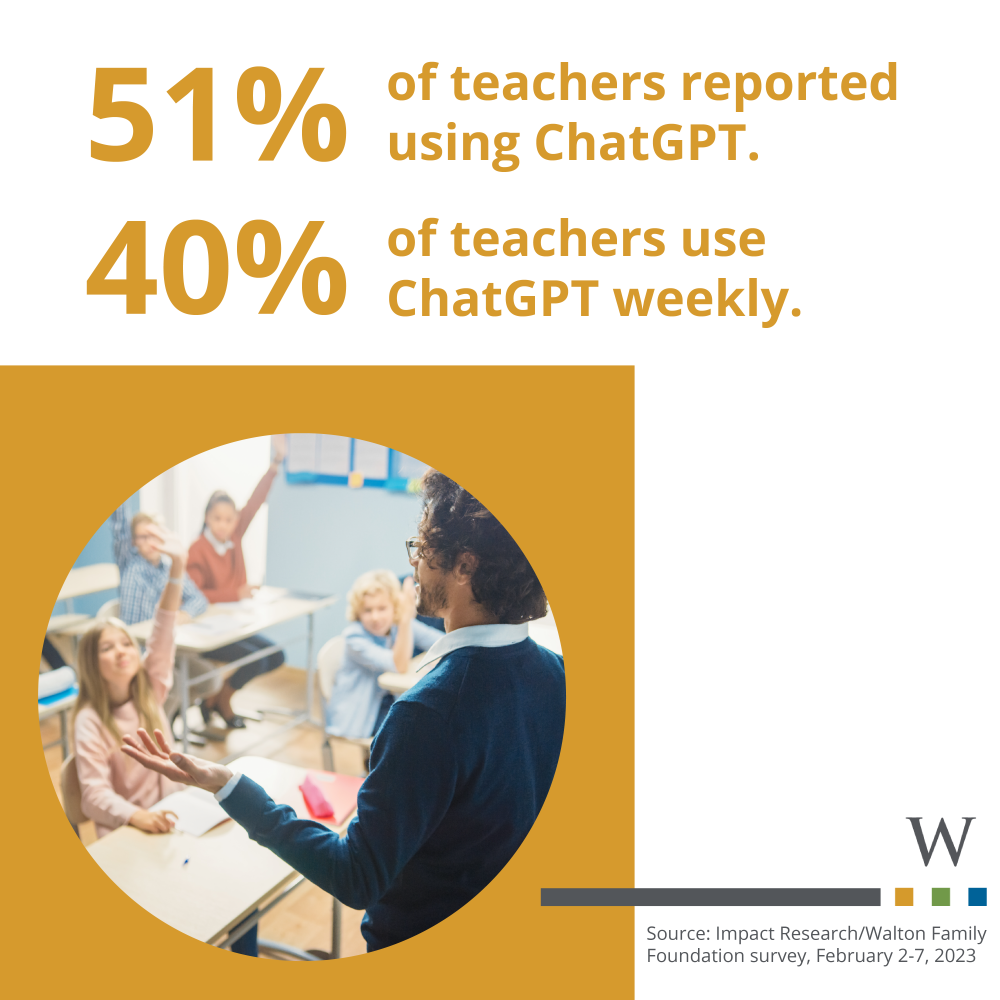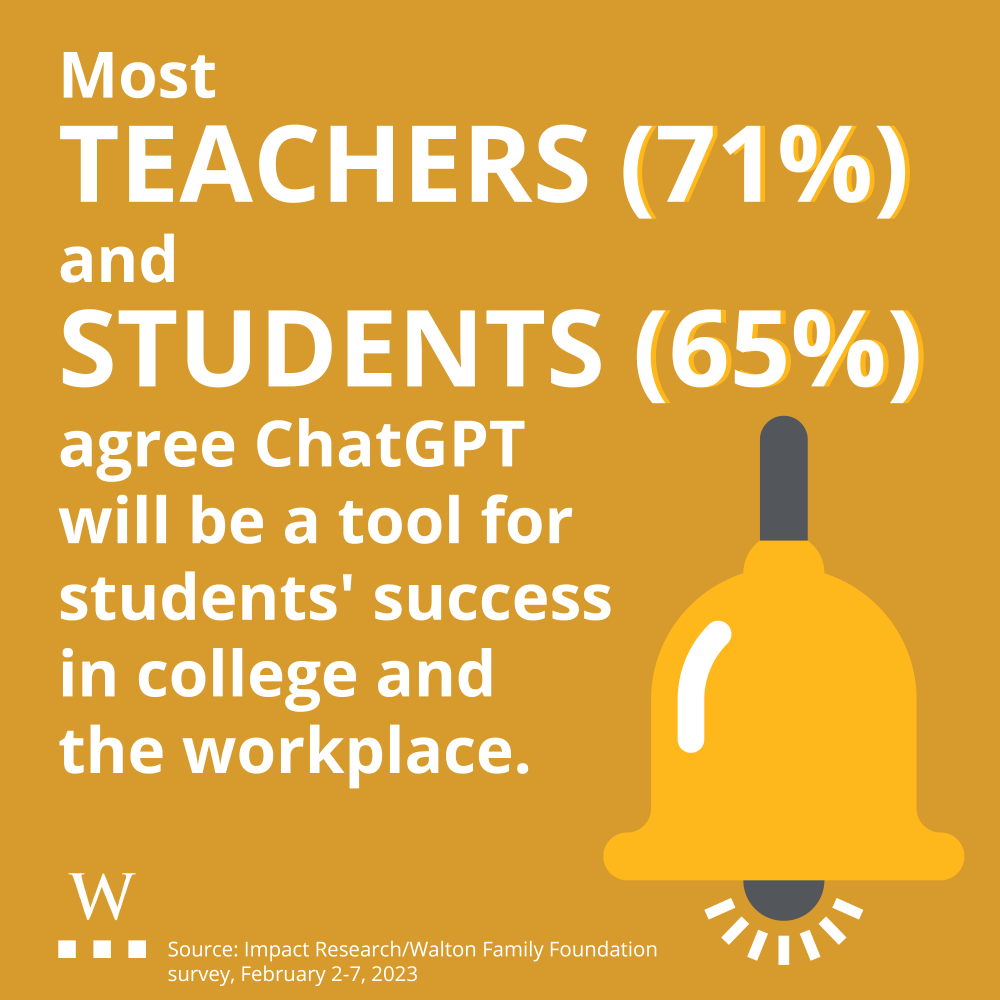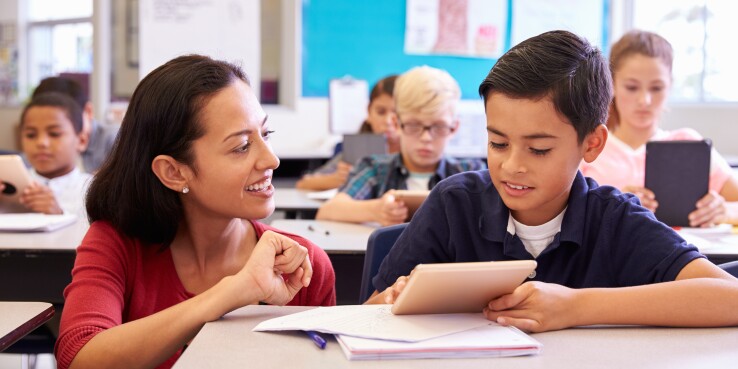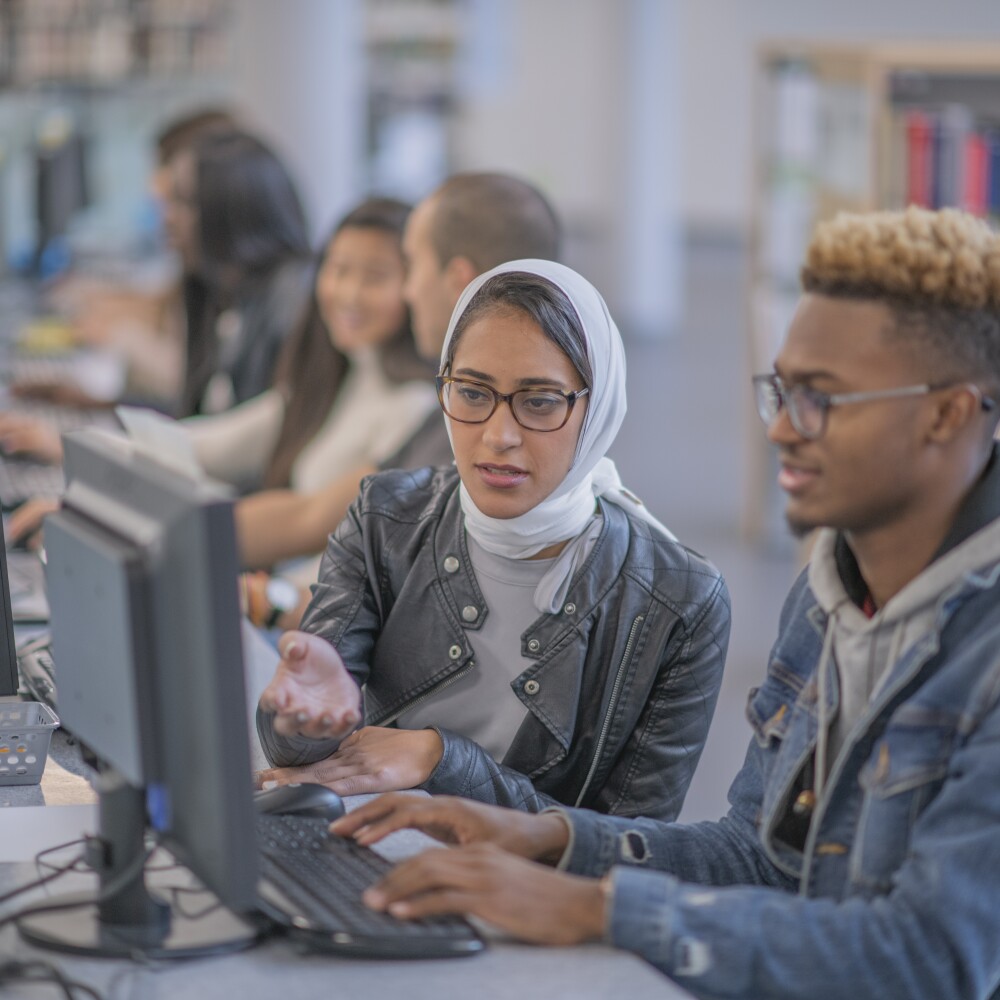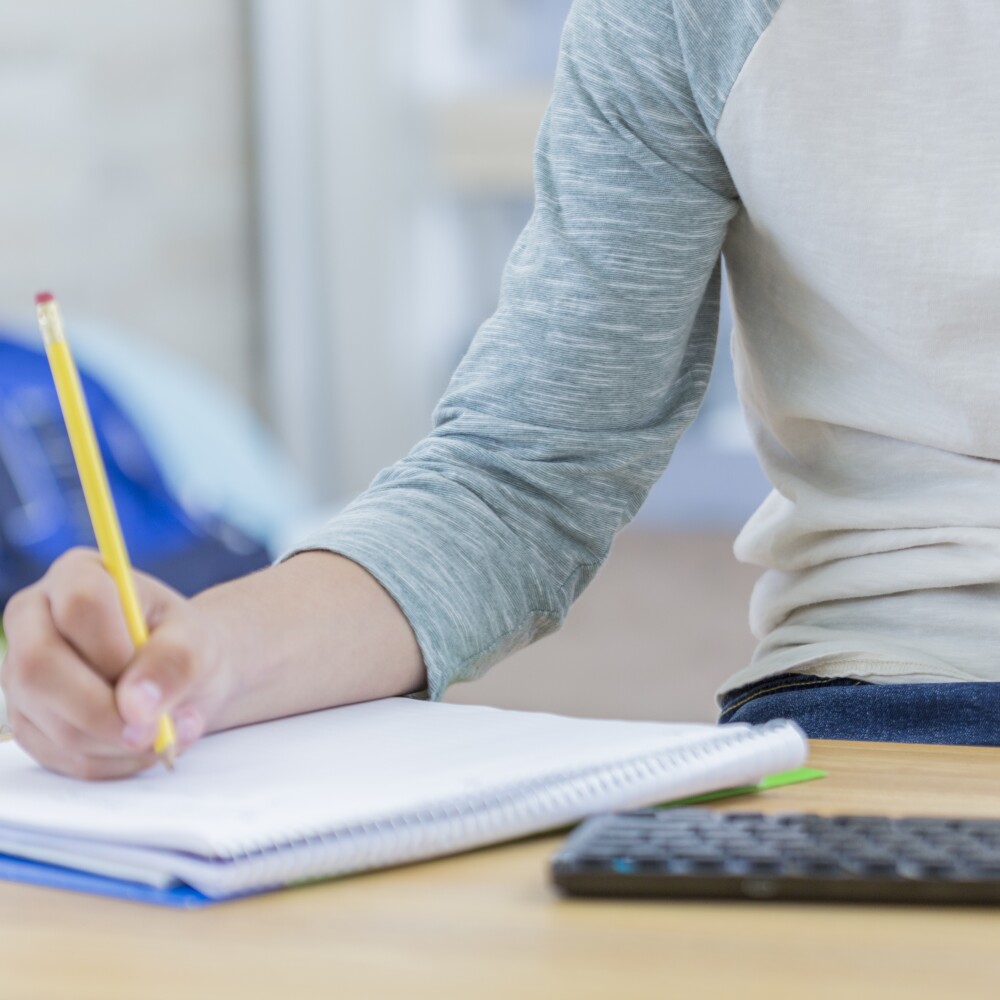Understanding Teacher and Student Views on ChatGPT
In November of 2022, artificial intelligence research lab OpenAI released ChatGPT, a powerful AI chatbot that can generate conversational, human-sounding text in response to user prompts or questions. In a matter of seconds, ChatGPT can draft a college essay, create computer code, explain Keynesian economics to a sixth grader, or write lyrics for an 80s-style breakup song.
Research by the Walton Family Foundation shares the results of the first national survey of teacher and student attitudes toward ChatGPT. The findings are clear: both educators and students are embracing innovation, optimistic that the tool’s remarkable strengths can meaningfully complement traditional instruction and even begin to help solve some of education’s more intractable challenges.
-
March 1, 2023New research from the Walton Family Foundation affirms that educators are driving innovation when it comes to integrating Open AI’s ChatGPT tool into their classrooms.
-
March 1, 2023WASHINGTON, D.C., March 1, 2023—Teachers use OpenAI’s ChatGPT for lesson planning and to generate creative ideas for classes, according to the first national survey of teachers and students about ChatGPT and technology, released today by the Walton Family Foundation.
-
March 1, 2023In Diego Marin’s math class, ChatGPT helps differentiate support for students at all levels
-
March 1, 2023High school junior Zachary Clifton uses ChatGPT to bridge gaps in his understanding
-
May 4, 2023Vanderbilt University professor says tools like ChatGPT introduce novel ways for communicating and collaborating in the classroom
-
May 4, 2023El Paso teacher says the AI bot has helped bridge the gap in learning created by COVID-19
-
May 3, 2023High school junior Laila Ayala says the chatbot helps brainstorm topics for her debate team
-
May 3, 2023"I like fiddling around with it for inspiration," says Samuel Worley


